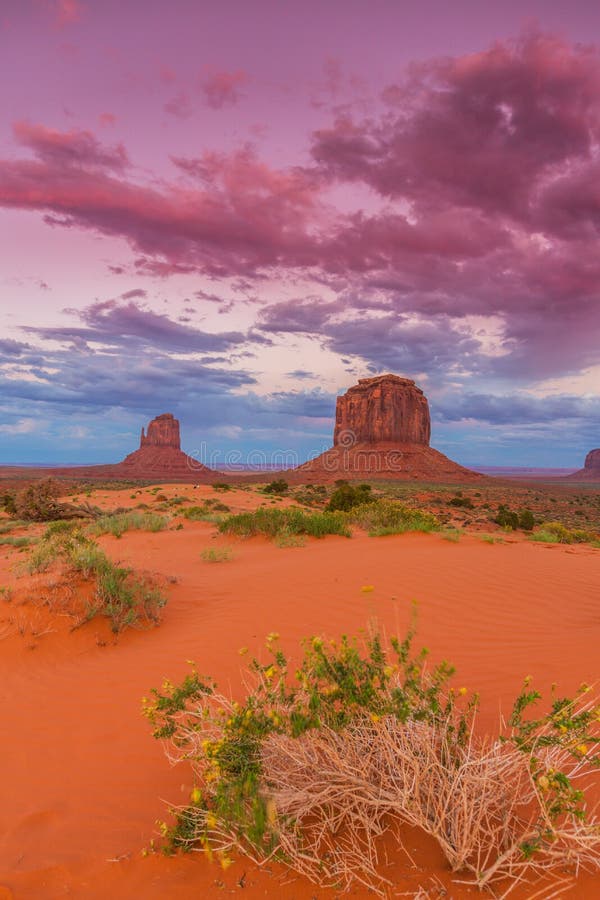

Hōkūao Pellegrino, a seventh-generation taro farmer in central Maui, said he’s restored eight taro patches on Nohoʻana farm, which has been in his family’s hands since 1848. The decision, which preserved the Nā Wai ‘Ehā water system for taro cultivation and other traditional practices, has allowed farmers to return to and grow taro on their ancestral lands. In 2021, dozens of Indigenous taro farmers won a landmark water rights case to restore streamflow to Nā Wai ‘Ehā, the Four Great Waters of Maui that once formed the largest taro production region in Hawaii. Over the past two decades, Native Hawaiians have fought lengthy legal battles to reclaim their water rights and restore depleted streams for domestic and traditional practices like sustainable fishing and taro farming.

The 40-acre Grand Wailea resort, the island’s largest water consumer, devoured half a million gallons of water daily – the amount needed to supply more than 1,400 single-family homes. But on Maui, 16 of the top 20 water users are resorts, time-shares and short-term condominium rentals equipped with emerald golf courses and glittering pools, according to a 2020 report from the county’s board of water supply. In Hawaii, water is held in a public trust controlled by the government for the people. The 40-acre Grand Wailea resort on Maui is the island’s largest water consumer. In doing so, it left scraps for Indigenous families who lived downstream. Developers like West Maui Land Company Inc took control of the plantations’ century-old irrigation ditches and diverted water to service its luxury subdivisions. When the last of the sugar companies closed in 2016 due to rising labor costs and operating losses, Scheuer said, the farms were purchased by large investors for real estate speculation and left fallow, overrun with invasive grasses that became fuel for brush fires. Sanford Ballard Dole, a cousin of Dole Plantation’s founder, served as the first governor of Hawaii. In 1893, a group of sugar magnates and capitalists overthrew the Hawaiian Kingdom’s Queen Liliuokalani, paving the way for the US to annex Hawaii five years later. The Great Māhele of 1848, a ground-breaking law that legitimized private land ownership, laid the ground for big developers to hoard water for profit, said Jonathan Likeke Scheuer, a water policy consultant and co-author of the book Water and Power in West Maui.Īlthough the law did not privatize water, he said, the creation of private property allowed agricultural corporations to wield “political and ultimately oligarchic power” over elected officials. “The land was turned from this fertile plain – with these big healthy trees, wetland taros and dryland crops like banana and breadfruit – to a mass of monoculture: to rows and rows of sugar cane, and rows and rows of pineapple,” she said. The rise of plantation capital spawned the drying of the west side of Maui Kamana Beamer The dawn of large-scale agriculture dramatically changed land practices in Maui, where natural resources no longer served as a mode of food production or a habitat for birds but a means of generating fast cash, said Lucienne de Naie, an east Maui historian and chair of the Sierra Club Maui group.

The extensive use of pesticides on Maui’s pineapple fields poisoned nearby water wells.

Invasive plants that were introduced as livestock forage, like guinea grass, now cover a quarter of Hawaii’s surface area. (Annual sugar cane production averaged 1m tons until the mid-1980s a pound of sugar requires 2,000lb of freshwater to produce.) For much of the next two centuries, Maui-based plantation owners like Alexander & Baldwin and Maui Land & Pineapple Company reaped enormous fortunes, uprooting native trees and extracting billions of gallons of water from streams to grow their thirsty crops. “You can see the link between extractive, unfettered capitalism at the expense of our natural resources and the ecosystem.”ĭrawn to Hawaii’s temperate climate and prodigious rainfall, sugar and pineapple white magnates began arriving on the islands in the early 1800s. “The rise of plantation capital spawned the drying of the west side of Maui,” said Kamana Beamer, a historian and a former member of the Hawaii commission on water resource management, which is charged with protecting and regulating water resources.


 0 kommentar(er)
0 kommentar(er)
